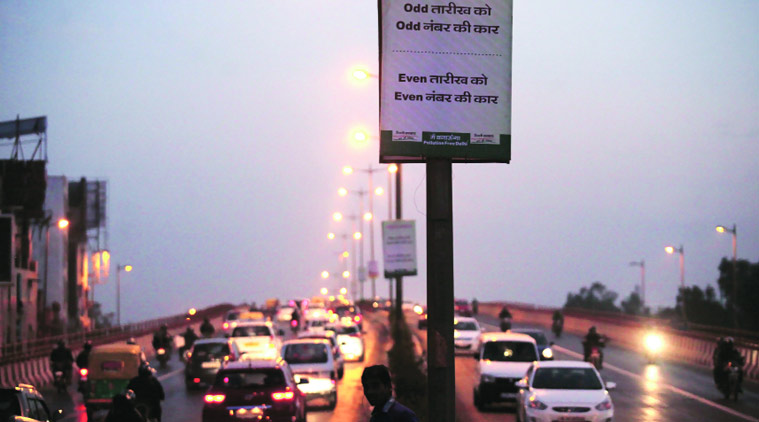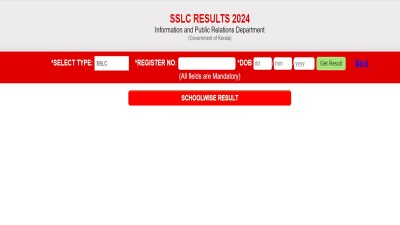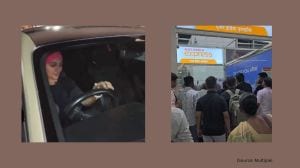- India
- International
Odd-Even rule back in Delhi: Here’s all you need to know about the scheme
Delhi to implement Odd-Even again: In the odd-even scheme, vehicles whose registration number ends on even digits are allowed to ply on even dates like 0, 2, 4, 6, 8, 10 and so on. Similarly, vehicles having their registration numbers ending on odd digits, are allowed to ply on odd dates such as 1, 3, 5, 7, 9 and so on.
 Delhi to implement Odd-Even again: The first phase of the vehicle rationing scheme took place in January 2016. (Express photo)
Delhi to implement Odd-Even again: The first phase of the vehicle rationing scheme took place in January 2016. (Express photo)
Delhi Chief Minister and Aam Aadmi Party (AAP) chief Arvind Kejriwal Friday announced the implementation of the odd-even scheme in the city from November 4 to 15. This will be the third time that the Delhi government will implement this scheme to tackle pollution due to traffic on the road. It was first introduced in 2016.
Announcing a winter action plan for air pollution, Kejriwal said, “We are procuring masks on a massive scale. We will make them available to the people for free. Will start making them available in October, so that people have them before November 1 when smoke starts coming. N95 category masks are being acquired.”
What is Odd-Even scheme?
In the odd-even scheme, vehicles whose registration number ends on even digits are allowed to ply on even dates like 0, 2, 4, 6, 8, 10 and so on. Similarly, vehicles having their registration numbers ending on odd digits, are allowed to ply on odd dates such as 1, 3, 5, 7, 9 and so on.
What are the rules under Odd-Even scheme?
Only odd-numbered cars were allowed on the roads between 8 am and 8 pm on odd days, whereas even-numbered cars were allowed in the same time on even days. The people who violated the rule were fined Rs. 2,000. Special arrangements like extra buses, a bike taxi service and increase in the metro frequency were made to make the plan successful. The road rationing system did not function on weekends.
Who all are exempted under the Odd-Even scheme?
In the previous two phases of the Odd-Even scheme, two-wheelers, women-only vehicles, CNG, hybrid and electric vehicles, emergency vehicles and VIPs were exempted from the scheme. Apart from the VIPs, politicians, Supreme Court judges and defence vehicles, single women drivers and women drivers with children below the age of 12 were also exempted. However, in the third phase which begins from November 13, only emergency vehicles will be exempted.
When was the Odd-Even scheme first implemented in Delhi?

The Aam Aadmi Party (AAP)-led Delhi government implemented the scheme for 15 days from January 1-15 in 2016. The second phase was then implemented in the same year from April 15-30.
Was the Odd-Even scheme successful?
In the first phase of Delhi odd-even rule, 10,058 vehicles were fined and in the second phase, 8,988 vehicles were fined. After the first phase of the road rationing system, the government had claimed that one of their survey’s received 4.1 lakh responses, 81 per cent of them positive while another 60 per cent wanted the formula to be permanent.
The second phase was followed by the Delhi government stating that compliance had been 99.6 per cent and there had been increase in metro ridership from 2.5 per cent to 3 per cent. However “more congestion” had taken place, leading to the creation of a six-member committee, headed by Special Commissioner Transport K K Dahiya. The committee identified major construction activities, ongoing dismantling of the BRT corridor and negligible reduction of traffic entering from Noida and Gurgaon as key factors behind congestion.
Scientific studies though, on the efficacy of the odd-even scheme, are varied:
* A study by the Energy Policy Institute at the University of Chicago (EPIC) and Harvard University had found reductions in pollutants in the afternoon hours in Delhi from January 1 to 15. According to the study, PM 2.5 declined by 13 per cent on an average during the odd-even period.
* A study “Evaluation of the effects of the 15-day odd-even scheme in Delhi: A preliminary report”, by researchers at Transportation Research and Injury Prevention Programme (TRIPP), IIT Delhi found vehicle speeds increasing from 11 am during the first phase of the scheme, maximum increase recorded was 9 per cent. Although average speed dipped marginally in some locations between 6am and 11am, the study also found high compliance with the rule.
* A CPCB report told the NGT on April 21, while the second-phase of the scheme was ongoing, that “prime facie there is no data to suggest that odd-even scheme has any impact on decrease in vehicular pollution…the fluctuations in PM10 and PM2.5 is due to weather and change in wind patterns.
* A study by Poverty Action Lab South Asia and supported by the International Growth Centre (IGC) comparing the two versions of the scheme found consistent impacts over both rounds: high compliance, decrease in congestion.
What did the NGT say about the Odd-Even scheme in 2017?
The NGT, during its hearing on November 11, 2017, asked the Delhi government to explain the rationale behind implementing the Odd-Even scheme. The green court asked the Kejriwal government if it was sure about the benefits of the road rationing system and that citizens would face no inconvenience because of it. The Central Pollution Control Board (CPCB) and the Delhi Pollution Control Committee (DPCC) also told the green tribunal that two-wheelers are more polluting than four-wheelers and their emissions comprise 20 per cent of the total vehicular pollution.
May 08: Latest News
- 01
- 02
- 03
- 04
- 05





























